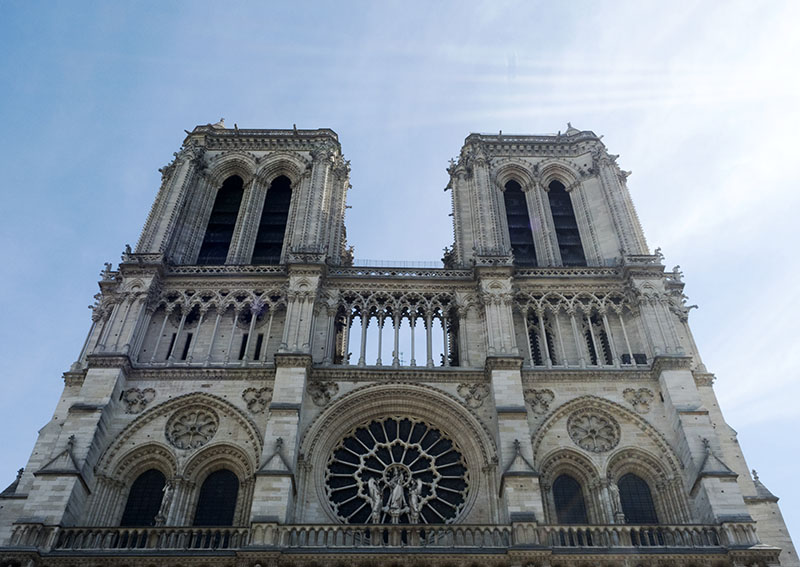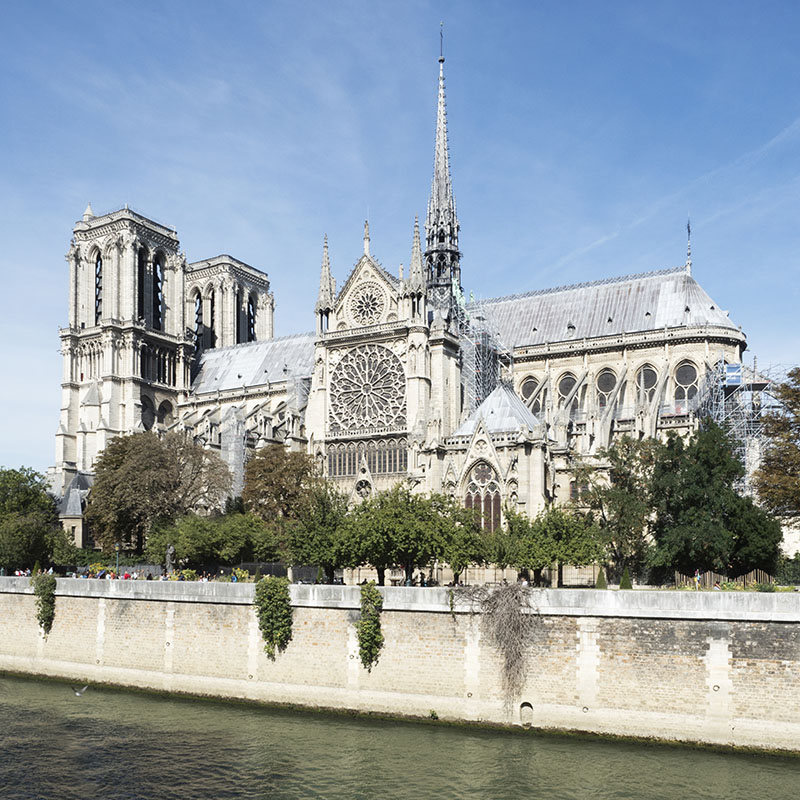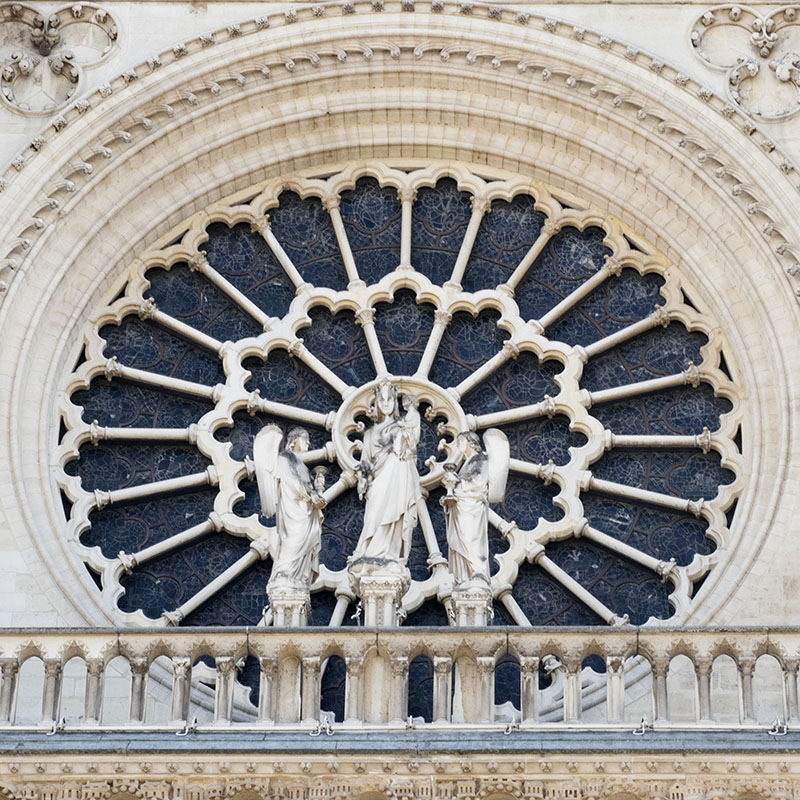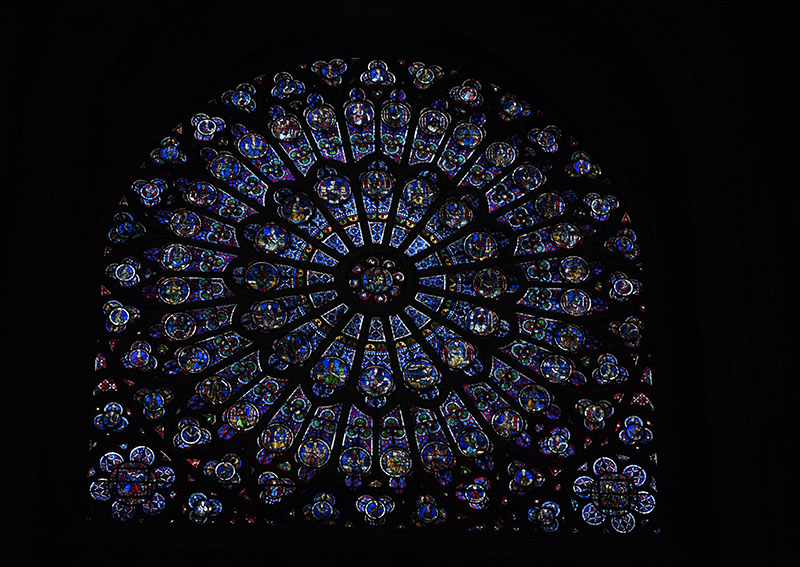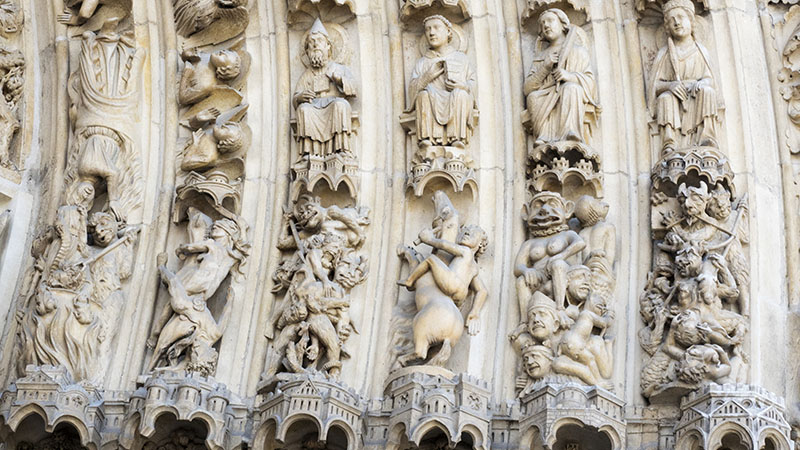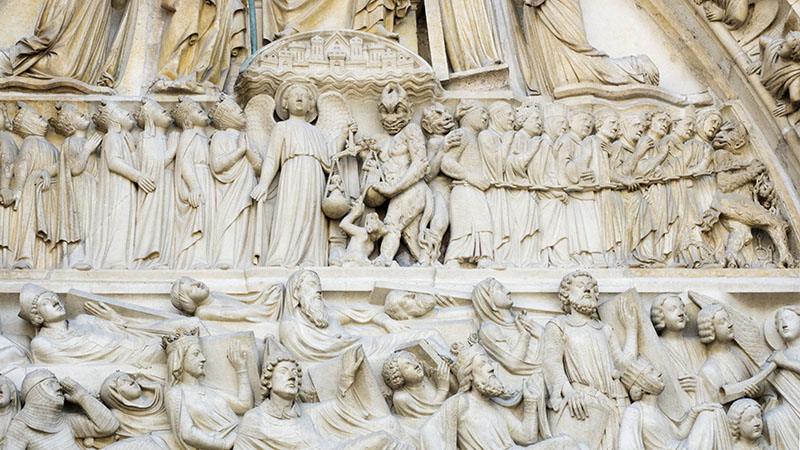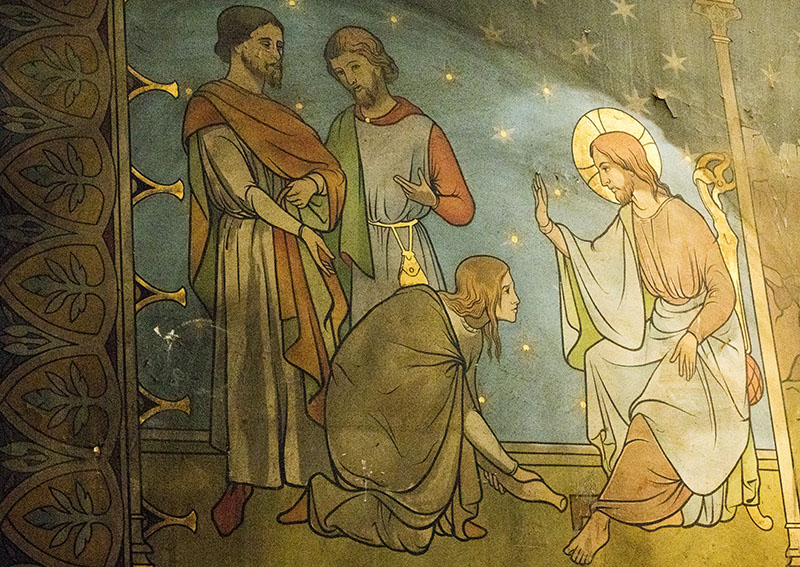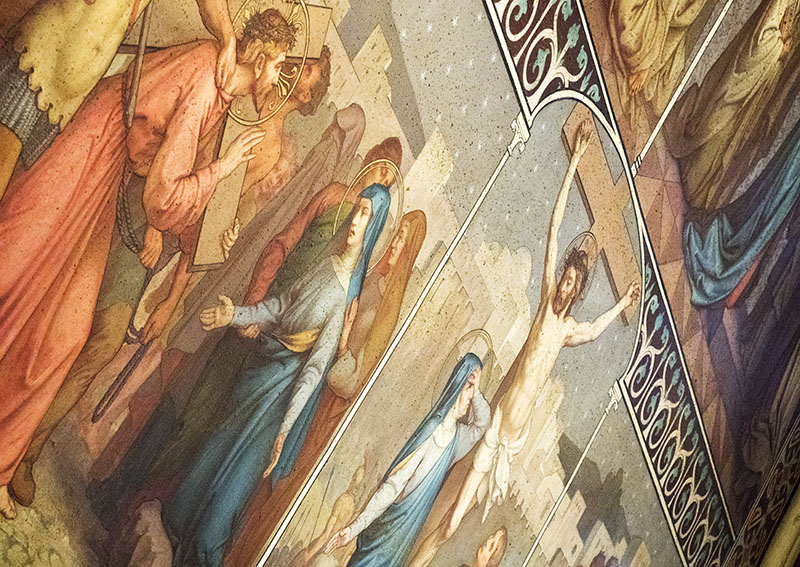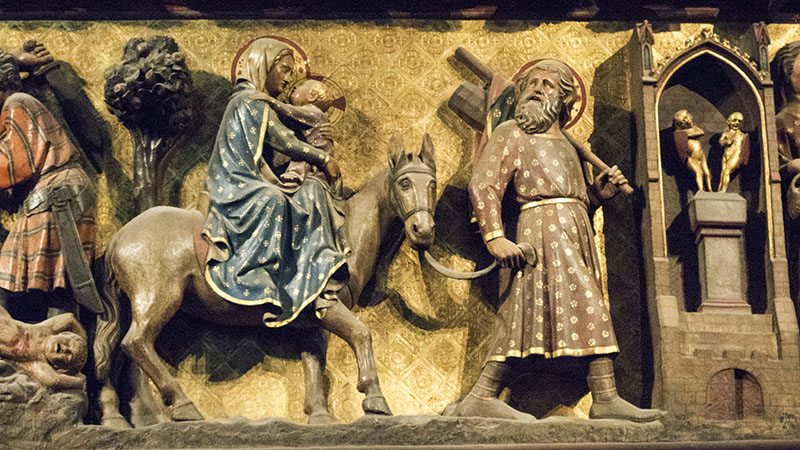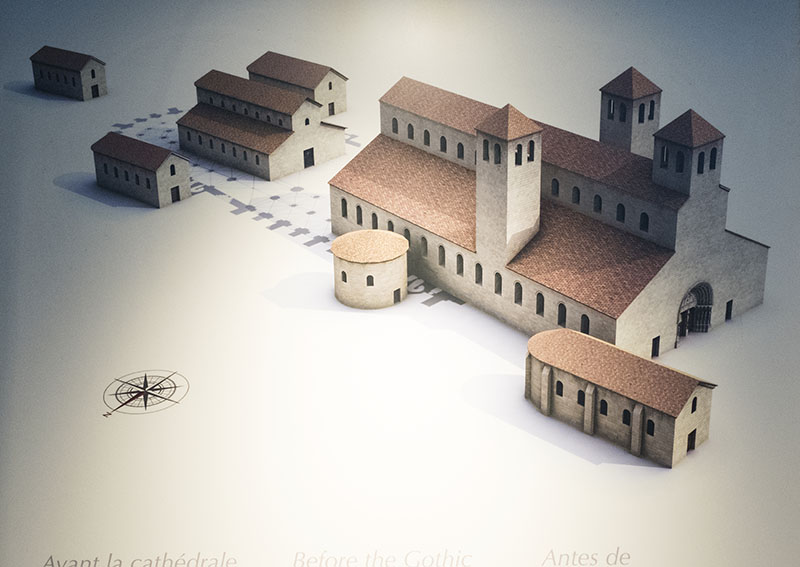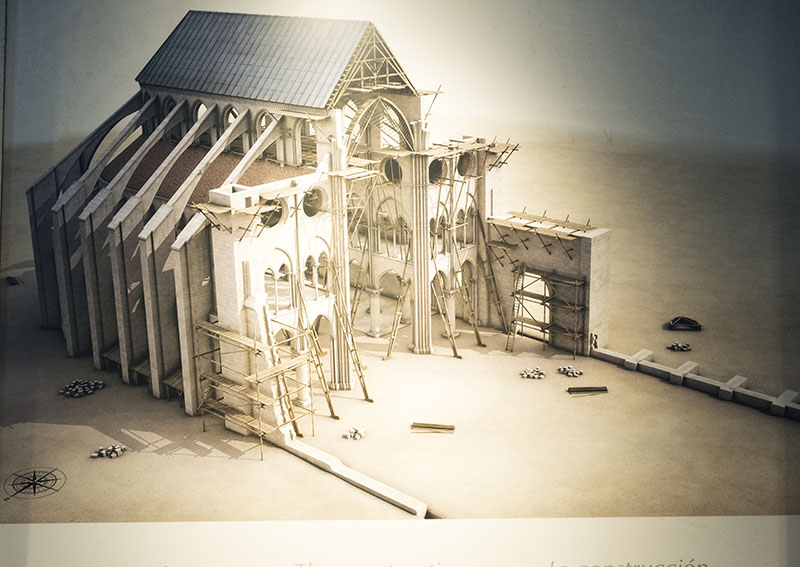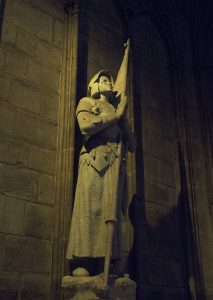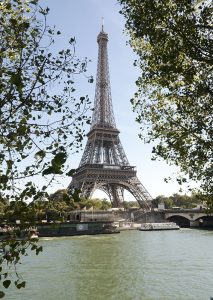What a day!
First off the Notre Dame.
Today an iconic structure, but in an earlier time, it was Victor Hugo’s novel, ‘The Hunchback of Notre Dame’ that brought this Gothic landmark to the world’s attention.
Situated on Ile de la Cite, a small island in the centre of the River Seine and Paris, this was the place of coronations and the centre – besides Rome, that is – of Catholicism. This was the place of first habitation of modern humans in the region, and from whence the Paris of today grew.
With the advent of Gothic architecture, it was possible at last to create structures that both reached to the firmaments and allowed light to enter. For the first time the support system of flying buttresses, pointed arches, rib vaults and lighter wall structure enabled a building to attain significant height.
At one hundred and thirty metres in length and forty eight wide, it is the Notre Dame’s height that truly amazes. Standing thirty eight metres in height, the structure towers over the landscape and one feels as small as an ant when alongside: it really enables you to glean how our miniscule creatures must feel.
On entering stained glass windows almost ten metres in size – unique at the time they were constructed – draw the gaze.
We love the depiction of the devil.
The paintings were beautiful.
Some of the works were quite intricate.
Interesting Facts
- The first stone was laid almost 860 years ago
- Commenced in 1163, it took 200 years to complete
1163 1177 - At one stage, the cathedral was in such poor condition that thoughts were to demolish it. Napoleon came to the rescue.
- WWII, to protect them from the Germans, the stained glass windows were removed: it was the thirteenth century Rose window that was of most concern.
- 1909, Joan of Arc was sanctified in the Notre Dame cathedral.
- The bell was redesigned so as to ring automatically.
- There are total of 140 steps leading to the bell tower.
- The organ dates to the 1600s and is still fully functional.
- The twin towers are 69 metres in height and contain 387 steps.
- The Emmanuel Bell is weighted at 13 tonnes.
- During the French Revolution, the Cathedral became a storage area for food.
- There are still drawings, diagrams, plans and engravings depicting the development of the church and Paris.
- The first known habitation of Paris goes back to 259BC when the Parisii, a Celtic tribe inhabited the banks of the River Seine.
Then it was time to see the Eiffel Tower from a land perspective.
Sadly the view of the tower has been forever altered, since in an effort to protect it and people from terror attacks, today the structure has been placed behind a combination of 3 metre high bullet proof glass and metal fences. In addition, large blocks are being installed to prevent drive through vehicle attacks.
For us, the best view was from the water.
Interesting facts
- Originally 321 metres in height it now stands at 324 metres
- The metal frame weighs in at 7,300,000kg
- 2,500,000 rivets hold the tower together
- A competition was held for designing a 300m tower for the 1889 World’s Fair. Gustav Eiffel was the winner from 107 entries
About the Notre Dame
https://notredamecathedralparis.com/history/
https://www.britannica.com/art/Gothic-architecture
https://www.britannica.com/topic/Notre-Dame-de-Paris
The Eiffel Tower
https://www.toureiffel.paris/en
https://www.toureiffel.paris/en/the-monument
About Paris
https://www.introducingparis.com/history
Having read Edward Rutherford’s novel London, I believe that titled ‘Paris’ would be an interesting read. I am about to commence my own read of it.
